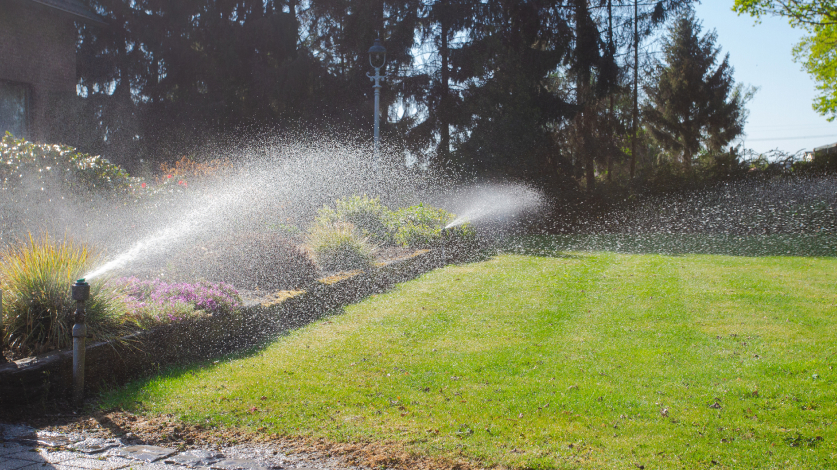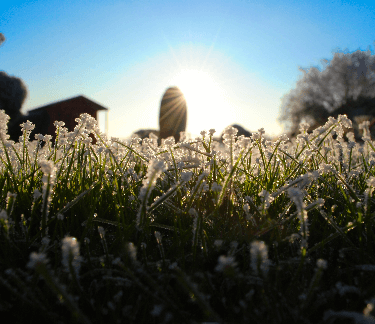When you look at your lawn, all you see is what’s above ground: the stems and the blades. Whether your grass is green and lush or wilted and brown, its physical appearance is how you're able to determine whether your lawn is healthy or needs a bit of TLC. In reality though, it’s not all that matters. Having healthy soil is equally important for maintaining a healthy lawn. In this guide, we’ll explain what you can do to determine the health and quality of your lawn soil. You’ll learn how different types of soil can affect the health of your turf and discover how TruGreen’s® Soil Amendments & Treatments can help ensure your soil has a balanced pH, and is healthy and fertile. We’ll dig deep into all of the details ahead.



 Branch Finder
Branch Finder













 Back to all blogs
Back to all blogs
Facebook
X
Youtube
Copy Link
Email